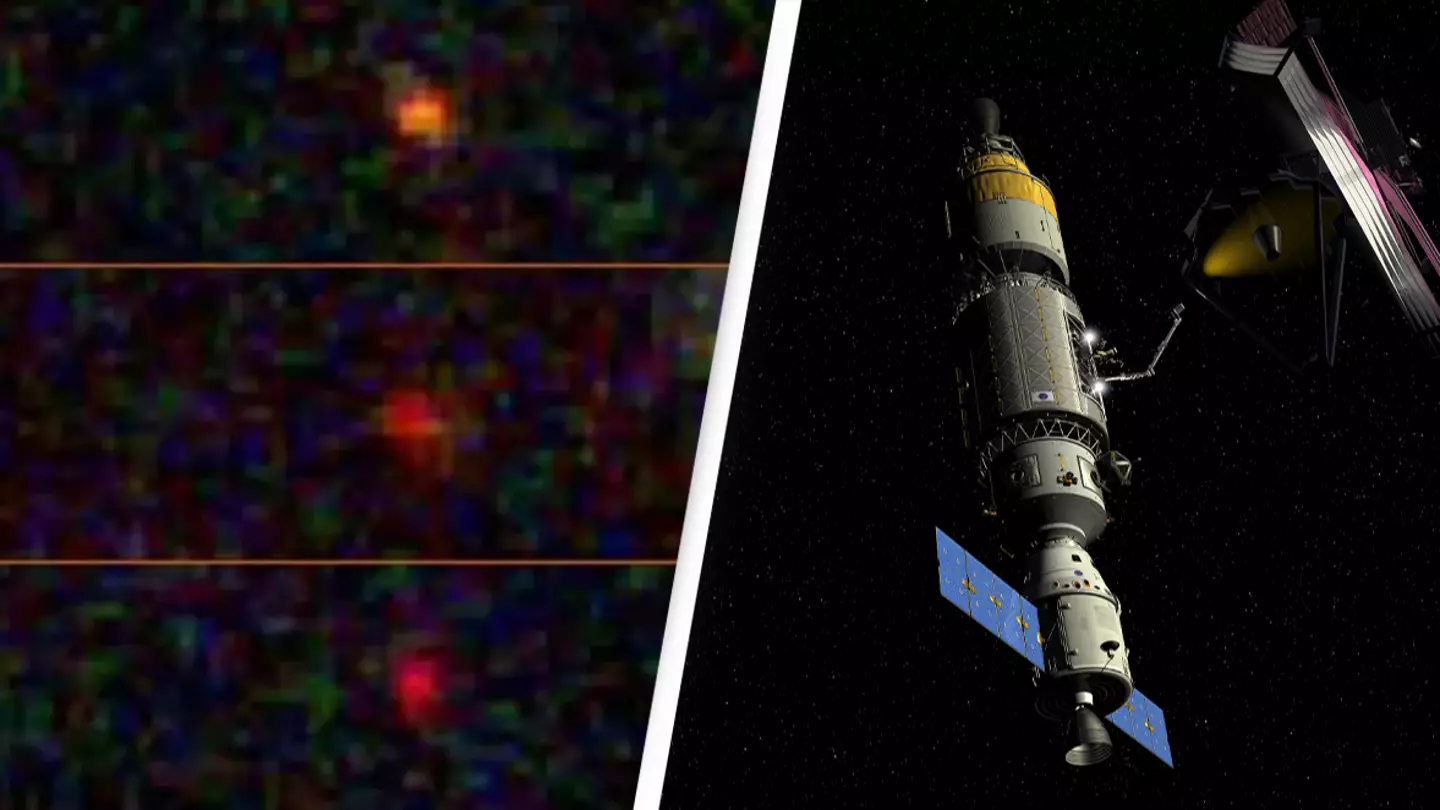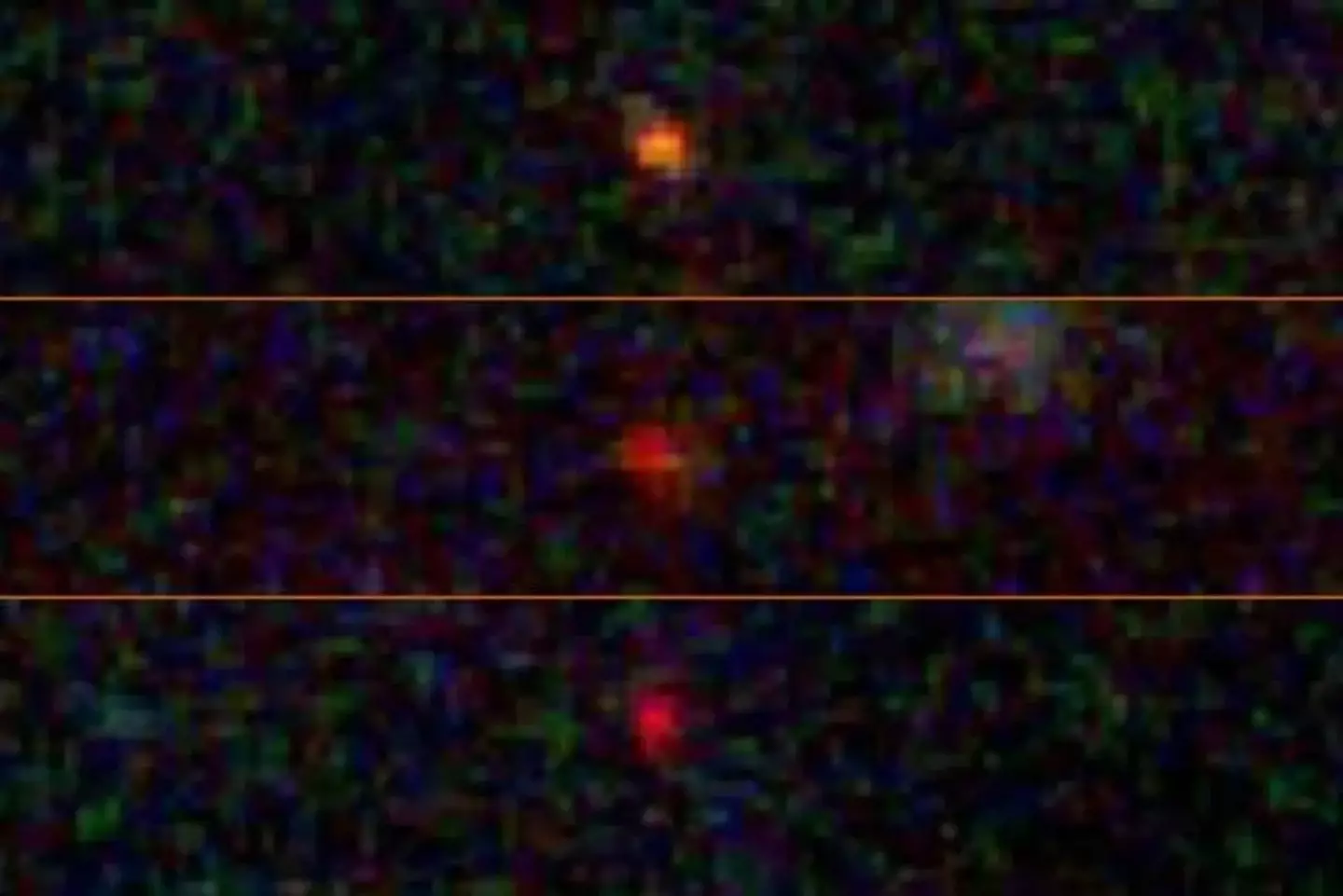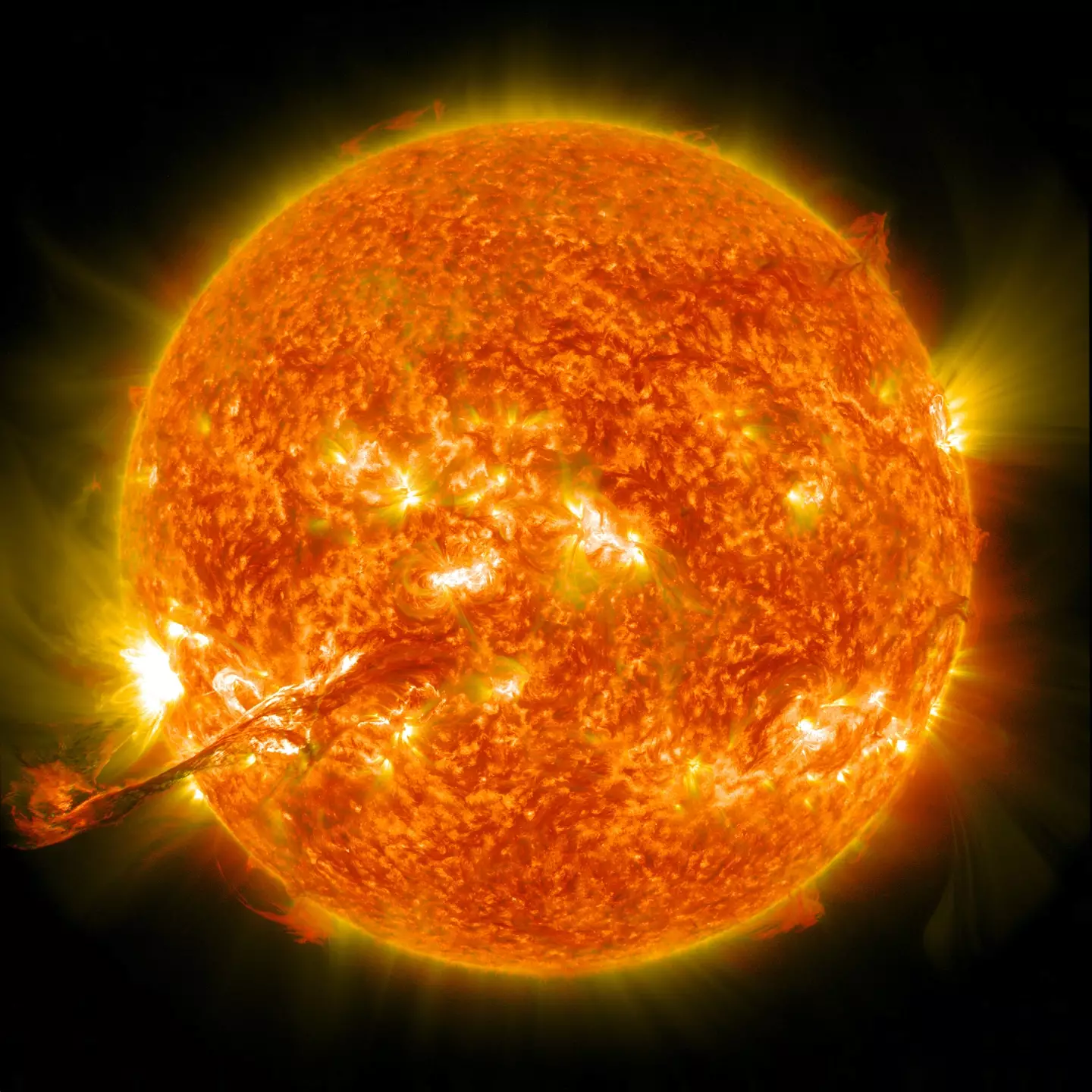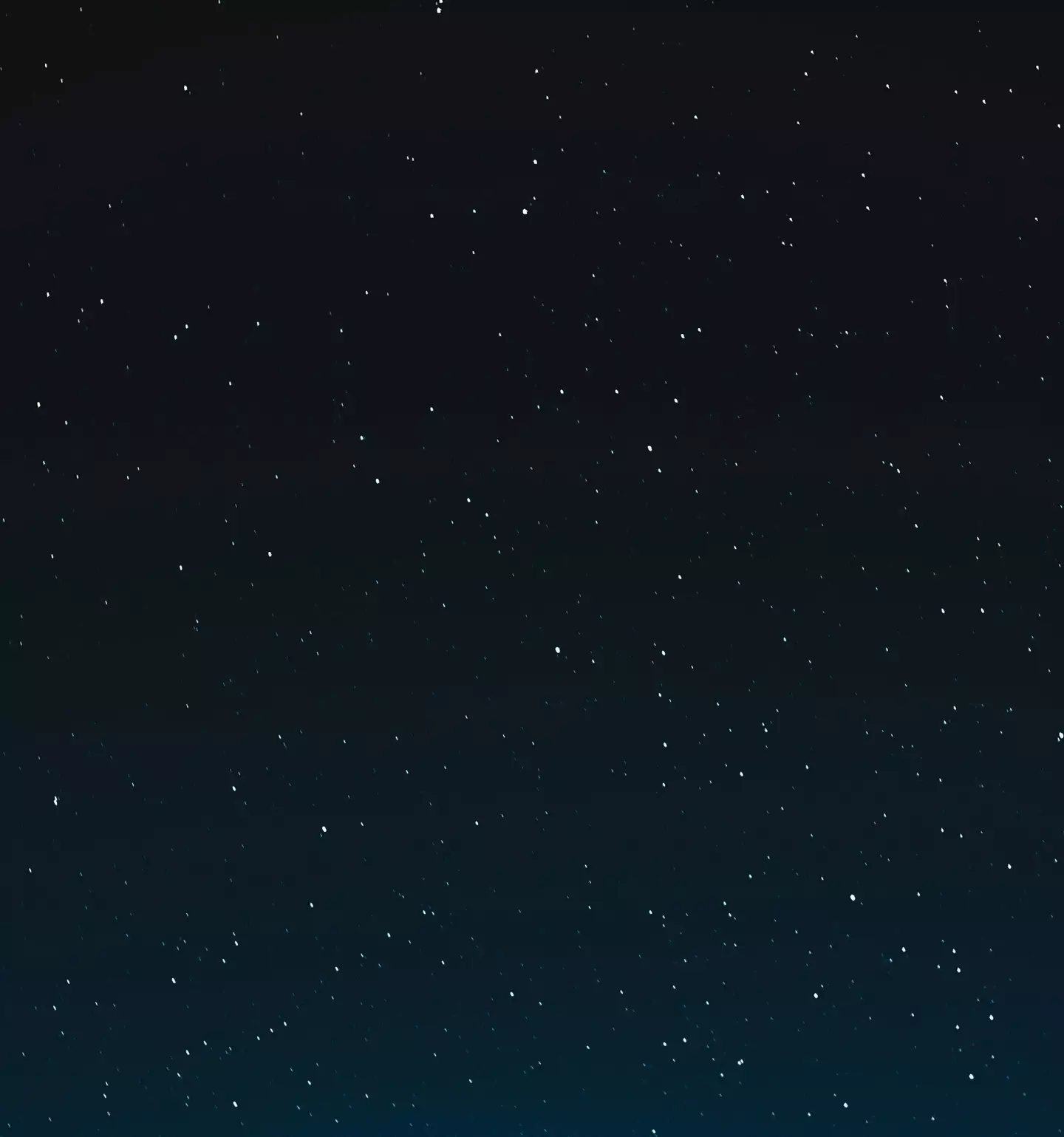
Three bright objects seen from the James Webb Space Telescope could be supermassive ‘dark stars’ - the first stars to exist in our universe.
Astrophysicists analysing the images have shared their research which has been published in the Proceedings of the National Academy of Sciences.
At first glance, the three objects - JADES-GS-z13-0, JADES-GS-z12-0 and JADES-GS-z11-0 - appear to be galaxies but a closer expectation by astrophysicists suggests they are widely spread, puffed up objects resembling ‘dark stars’, which have been theoretical until now.

‘Dark stars’ are said to be up to 10 billion times as bright as our Sun. They are believed to have existed early in the universe before the stars we know and love today could form.
Advert
They are said to be powered by particles of dark matter and mark the beginning of the cosmic dawn, according to the theory.
Scientists believe that dark matter consists of a new type of elementary particle that is invisible. This is part of one of the unsolved issues in all of physics, since dark matter is believed to account for around 85% of matter in the universe and only interact with gravity.

Dark matter absorbs, reflects and emits no light or energy, NASA explains, and is therefore not directly detectable and therefore hypothetical. However, its existence can be assumed because of its effect on other things.
Advert
Scientists will need to do follow-up observations, although a confirmed discovery of ‘Dark Stars’ could reveal the nature of dark matter.
The study’s co-author, Katherine Freese, director of the Weinberg Institute for Theoretical Physics and the Jeff and Gail Kodosky Endowed Chair in Physics at UT Austin, said: “Discovering a new type of star is pretty interesting all by itself, but discovering it’s dark matter that’s powering this - that would be huge.”

If the three presumed ‘dark stars’ are for sure what scientists think they are, it would not only help to solidify the hypothetical belief in dark matter but also help cosmologists solve the James Webb Space Telescope’s images of ‘cosmic dawn'. The telescope is finding a bunch of galaxies that are too large to exist so soon after the Big Bang 13.8 billion years ago.
Advert
Freese said: “It’s more likely that something within the standard model needs tuning, because proposing something entirely new, as we did, is always less probable.
“But if some of these objects that look like early galaxies are actually dark stars, the simulations of galaxy formation agree better with observations.”
